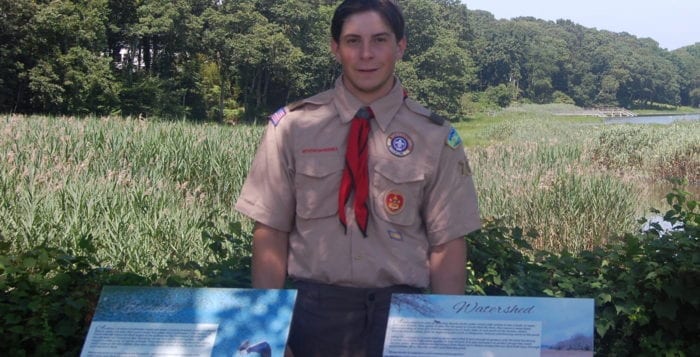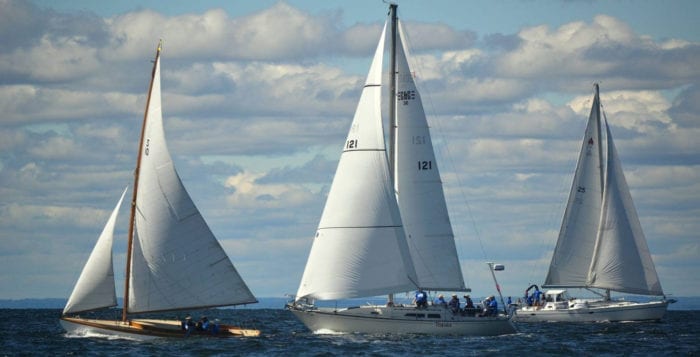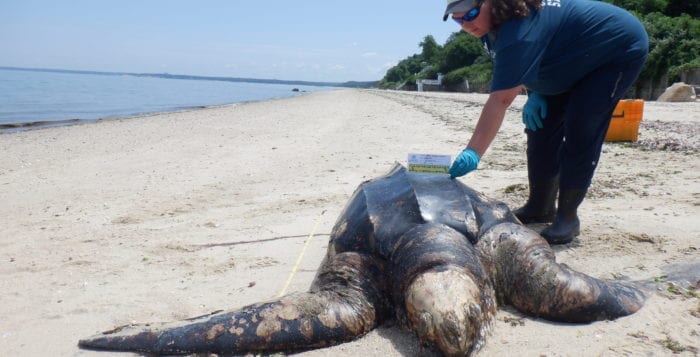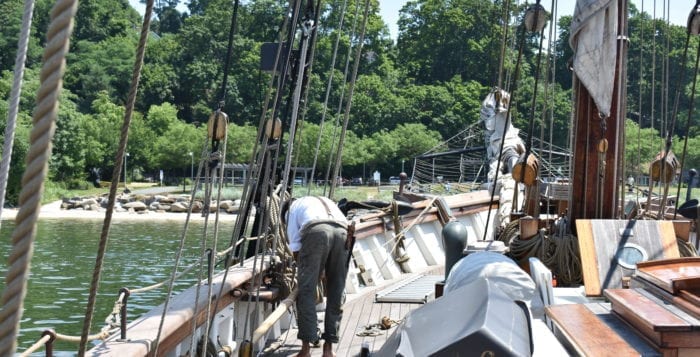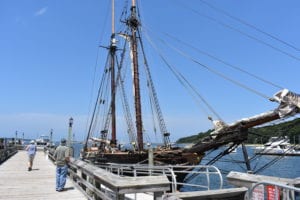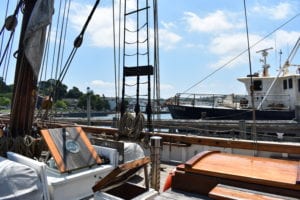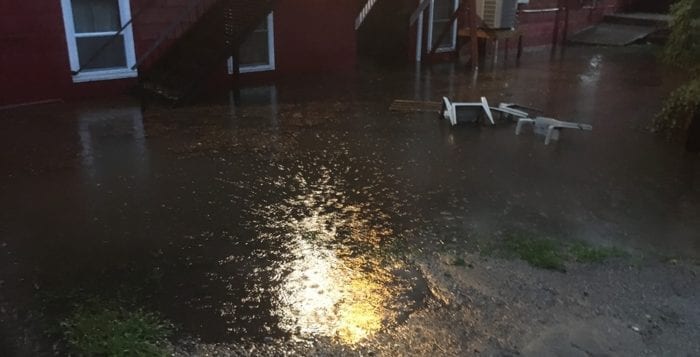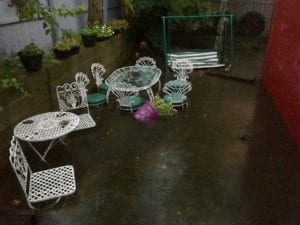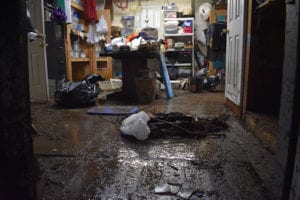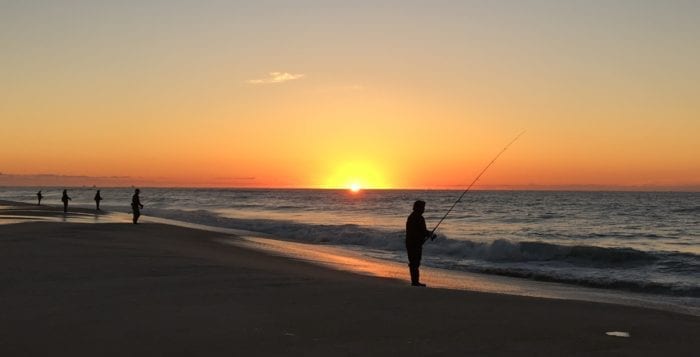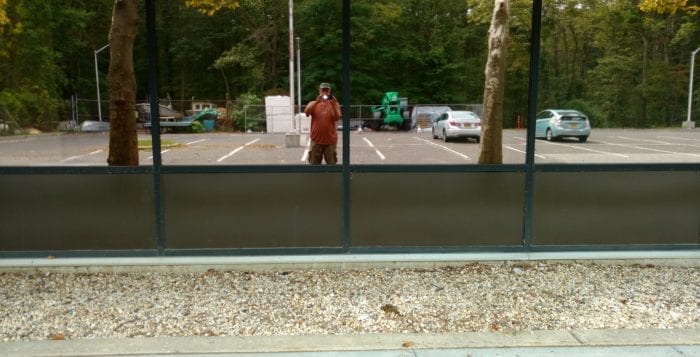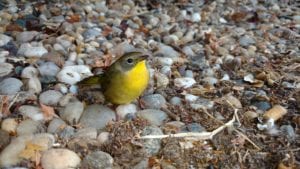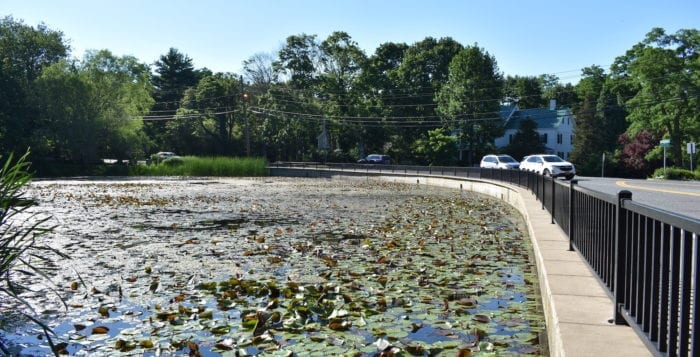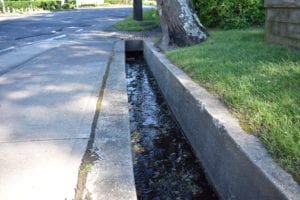By Leah Chiappino
Visitors to Frank Melville Memorial Park in Setauket have Eagle Scout Carl Zorn to thank for the new informational plaques that have been installed among the tranquil scenery. They include a general welcome sign detailing the history of the park’s founding and species that occupy it and two additional signs detailing the ecology of estuaries and watersheds. The welcome sign is located at the entrance to the park, and the other two signs are located side by side near the second bridge overlooking Conscience Bay.
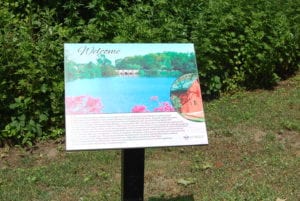
Zorn, who has been a Boy Scout since first grade, chose to design informational signage for the park as his Eagle Scout Leadership Project because he wanted to do something that would have a lasting impact on the community. “I wanted something where if I moved to a different state and came back here to visit, I could look at it and say that I did that,” he said. The Scouting organization also fostered a love of nature in Zorn who described his childhood as “always being outdoors and camping with the Boy Scouts and my family.”
After getting the idea from a family friend in July, the Setauket resident began his project last September and completed it in early February.
As the Frank Melville Park Foundation, along with the Zorn family, donated the funds for the materials, most of Zorn’s time completing the project was spent researching the content for the plaques. He admits the start of the project was overwhelming. “At first, I had no idea what to do or how to learn about the wildlife here, ” he explained.
Kerri Glynn, director of education for the park, stepped in to assist Zorn in gathering the information for the plaques with the hope they would help people become more environmentally aware. “I hope people come to understand the fragility of the ecosystem. Many people come to the park and think it is lovely, but they don’t understand the ecology of it,” she said.
Zorn consulted with Town of Brookhaven historian Barbara Russell in order to highlight the unique history of the park, which was built by Ward Melville and donated by his mother Jennie as a memorial to her husband Frank Melville in 1937. “Essentially it’s private land for public use,” she said.
A community treasure, the 26-acre park features two ponds, an estuary and woodlands. On any given day, visitors can see swans, deer, songbirds, turtles, herons and wood ducks as they stroll along shaded paths past a simulated grist mill and a 20th-century barn. The park and its buildings are included on the National Register of Historic Places.
Local environmentalist and conservation chair of the Four Harbors Audubon Society, John Turner, also assisted Zorn with his research, and highlighted the importance of education on watersheds, or land in which below-ground water feeds into a water source.
“People live work and play above their water supply. The quality of the waters in the aquifers underneath the Long Island surface are affected directly and intimately by the activities that we conduct on the land surface, so a clean land policy means a clean water policy,” he explained.
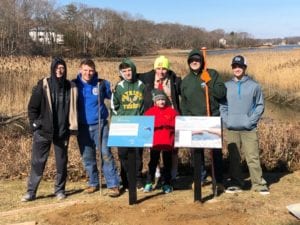
Turner called Zorn’s project “well-conceived and well-executed.” He also praised the park’s board of trustees, as well as the park’s president, Robert Reuter, for recognizing the value of the project. “You have a captive audience in the park, but up until now there was limited information. [These plaques] have taken advantage of that captive audience to try to instill a greater appreciation and awareness of the resources around them,” he said.
After gathering the information and submitting several drafts for approval by the board, Zorn then had the task of designing the signs, with pictures provided by the park. He found a sign company, Fossil Industries in Deer Park, to make the signs, a process that took about three months. He then focused on configuring the specific intricacies of the project, such as the location, and making sure the signs were low enough to be at eye level for children but still readable to adults.
Weather also delayed the installation, as the ground would freeze. Once the signs were finished, Zorn along with eight other Boy Scouts joined together in order to install them.
Reuter praised Zorn’s work ethic and the final result, calling the project “a long and thorough process and a real achievement.” Russell also added praise for the finished product. “He did a wonderful job. There’s a nice combination of the history and environmental facts affecting the park [on the signs],” she added. Zorn was equally pleased with the results. “This is exactly what I wanted in an Eagle Scout project and I got it,” he said.
The 18-year-old recently graduated from Ward Melville High School and will attend Rollins College in Winter Park, Florida, in the fall as a music business major, combining his passion for music with his ambition to work for the Disney Corporation.
However, according to Reuter, as Zorn wished, the plaques will have a lasting impact on the community. “Frank Melville Memorial Park is now enriched with really useful and attractive interpretive signs that inform park visitors about the park’s history and environment. But, don’t take my word for it — go see for yourself.”
Frank Melville Memorial Park is located at 1 Old Field Road in Setauket. For more information, call 631-689-6146 or visit www.frankmelvillepark.org.

